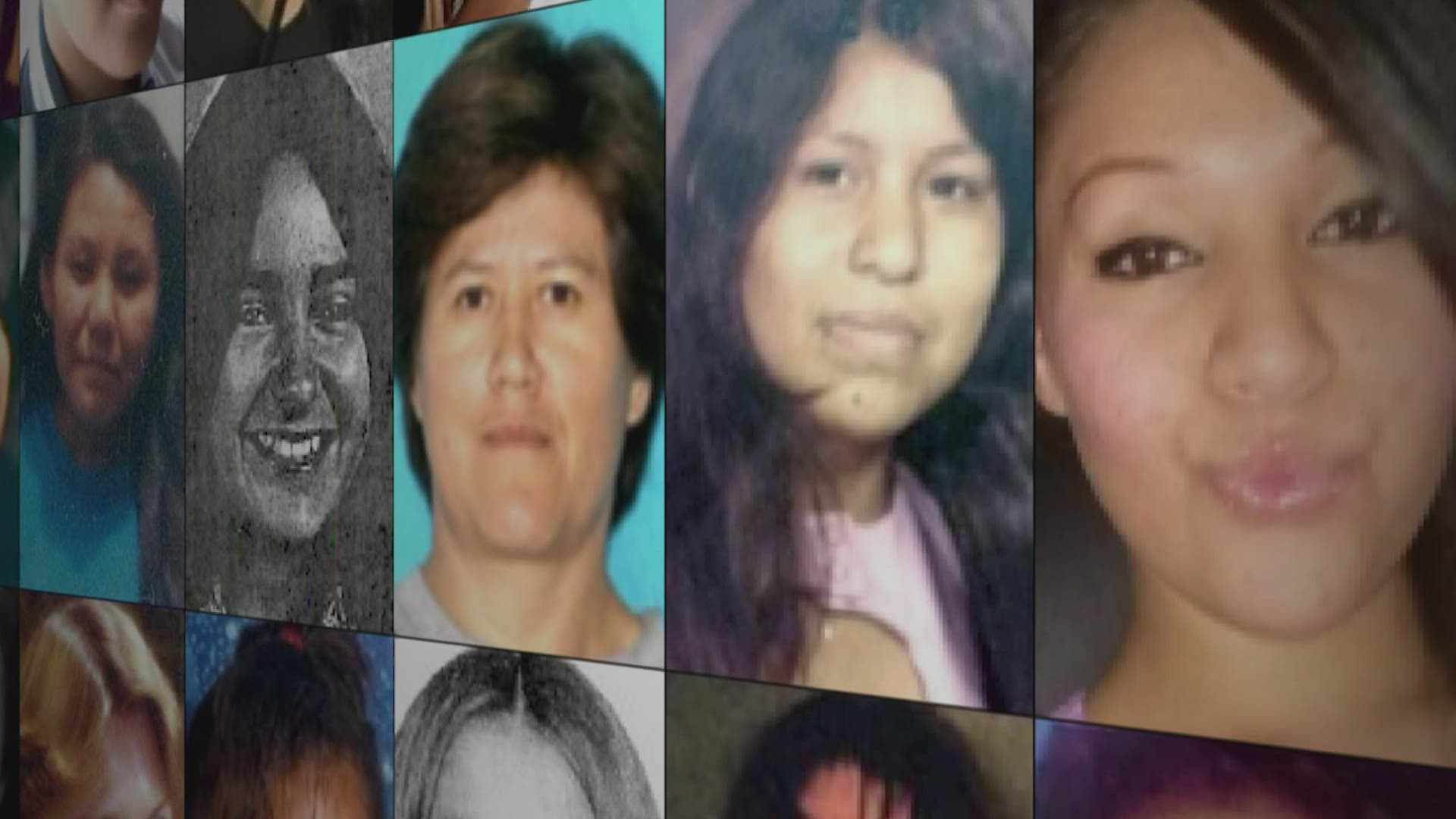OLYMPIA, Wash. — Washingtonians will soon start seeing missing person alerts specifically about Indigenous people.
It's called the Missing Indigenous Person Alert or MIPA, which launches July 1.
Washington state and Seattle in particular have some of the highest numbers of missing Indigenous people in the country, according to a study conducted by the Seattle Indian Health Board. While Indigenous people make up less than 2% of Washington’s population, the health board's study shows Indigenous women are four times more likely to go missing than white women.
Indigenous women also face murder rates more than 10 times the national average, according to federal data.
It's a crisis that Washington will now be the first to address with the new statewide alert system that lawmakers hope will result in more Indigenous people being reunited with their families.
“We just want to be heard. We want to know that our lives matter. And we want to be found. And that's what this alert system does at the end of the day,” said state Rep. Debra Lekanoff, who is the only Indigenous woman in Washington state’s House of Representatives.
Lekanoff said the alert will streamline tribal and local police jurisdiction issues which have historically hampered missing person investigations.
“Now I will know I'm not so alone, that I won't sit in my house and wonder why no one's helping me find my daughter and why there's no police," said Lekanoff. “[Families] will contact the local police, and now the broadcast will go out in my local area.”
RELATED: Washington state has the 2nd most missing Indigenous people in the U.S. Here's who is still missing
How it works
When an Indigenous person is reported missing to tribal or local police, the investigator on the case now has the option to ask Washington State Patrol (WSP) to issue an alert. Both agencies must agree that issuing an alert is the best course of action.
“Is it an imminent danger situation? And would activation of that alert assist in the recovery? And we, as law enforcement, we kind of have to make that decision. Sometimes it's a tough decision,” said Carri Gordon, WSP program director.
Once activated, the MIPA alert will show on highway signs, social media and WSP's Twitter page. The MIPA alerts won't be as visible as AMBER alerts, but that could change by year's end.
“We're looking at the future technology [which] will allow us to geographically target the alerts,” said Gordon.
Lekanoff said the MIPA alert model could soon be replicated in Canada and across the U.S.
“We're getting responses from the attorney generals...across all the states,” said Lekanoff.
For those still searching for missing loved ones, like the family of Mary Johnson, who was last seen on the Tulalip Reservation on Nov. 25, 2020, the alert is welcome news that they said could make all the difference.
“If this was [around] back when Mary first was reported missing, of course, I believe she probably would have been found,” said Nona Blouin, Johnson’s sister.
“The alert system does something very simple for us as Native American women," Lekanoff said. "It takes the hand away from the mouth so you can hear the unheard screams."
To sign up for the MIPA alerts, visit WSP's website.

